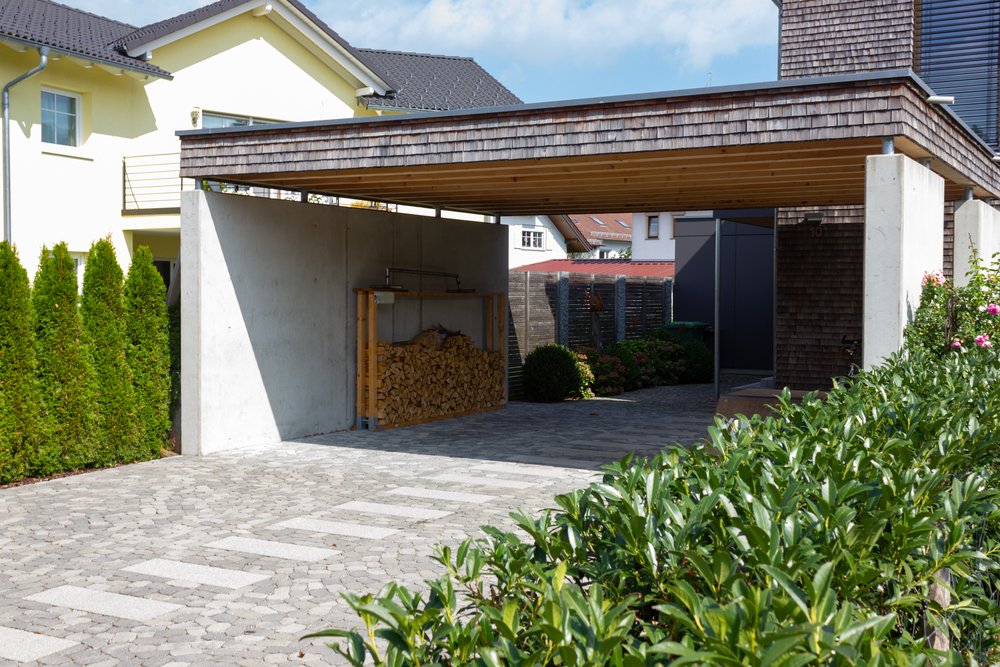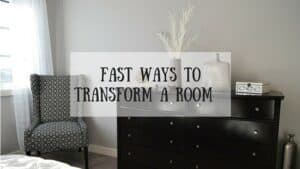Featured
Not every home comes with a garage and this can leave you scrambling for storage space. Where are you going to keep things like your lawn mower and, more importantly, your vehicle? Wind, rain, and sun can do a number on your vehicle’s paint. Leaves, debris, and even bird droppings are other concerns.
A great solution to help you avoid all of this is to install a carport. You get plenty of protected storage space at a relatively affordable cost. Now, it’s time to start exploring different carport styles so you can find the right one to fit your needs and budget.
What is a Carport
If you’re not sure what a carport is, the explanation is pretty simple. Chances are, you’ve seen plenty of carports. A carport is usually a free-standing structure that’s occasionally only partially covered. The carport has a roof and four support poles anchored to the foundation.
Some carports are fully enclosed, meaning the structure has four walls and a door. Carports can also be attached to an existing structure like a house. All carports serve the same function, to protect your belongings like vehicles from the elements.

Common Types of Carports
Carports can vary in design and even materials. Metal carports like ones made from steel or aluminum are the most common, but you can also use materials like wood.
Before you decide a carport is the right move, it’s a good idea to know a little about the various types. This can help ensure you go with the right style of carport to fit your needs.
Open-Sided Carports
Often the most affordable, an open-sided carport is precisely what the name implies. The carport has a roof but the sides are open, and this means the carport doesn’t have walls or doors. The roof effectively shields your vehicle from the sun and debris. The primary downside is the lack of protection from wind and strong storms.
Enclosed Carports
If protecting your belongings like vehicles is a primary concern, you may want to go with an enclosed carport.
The primary difference between an enclosed and open carport is simply the presence of four walls and a door. Yes, this type of carport is a little pricier. However, it may be worth the added cost if you want to keep vehicles protected from the weather.
You can skip adding doors, keeping one end open, if you’re worried about costs. You can easily add a door later down the road.

Lean-To Carport
Another way of keeping costs down and still protecting your vehicle and other belongings is with a lean-to carport. This type of carport is installed next to an existing structure like your home.
The carport uses the wall of the existing structure for support, leaving the remaining three sides open. The carport’s roof is usually attached to the existing wall with poles supporting the adjacent side. You can also enclose a lean-to carport on all sides and even add doors.
Cantilever Carport
Some homes have tight driveways and not a ton of acreage. You can’t widen the driveway and there isn’t room to build a garage. A great option that’s also affordable is installing a cantilever carport. This type of carport resembles an awning and can provide some protection from the elements.
Cantilever carports are also effective at shading vehicles from the sun. The carport is open on all sides with the roof supported by poles. If you have a tight space for vehicle parking, this type of carport may be your best option.

Carport Roof Styles
The roof style on carports can also vary, which is good news if you’re concerned about curb appeal. You can also go with a regular-style carport roof. Also referred to as barn-style, the roof’s curves help prevent snow and water accumulation.
However, if you want something a little more simplistic, a flat carport roof may be the way to go. This type of roof is usually your most cost-effective option since it’s the easiest to install.
Some other roofing options include a boxed-eave or single-slope roof. A boxed-eave roof has an A-frame style design and can add some curb appeal to the structure. Single-slope roofs are typically found on solo-standing carports. The slight slope allows snow and rainwater to easily run off.
Image Credit: depositphotos.com






























